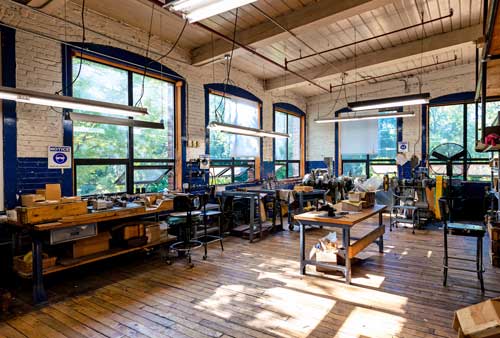Bending is a process in which wire components are formed to create a specified geometry. Very common in pick tools used in the automotive repair industry, this geometry allows a pick tool to assist the technician in disassembly/assembly of various springs, o-rings, gaskets, or other situations. Bending requirements are also common in many pins for musical instruments, industrial staples, fasteners, and other assorted hardware such as hooks and hangers.
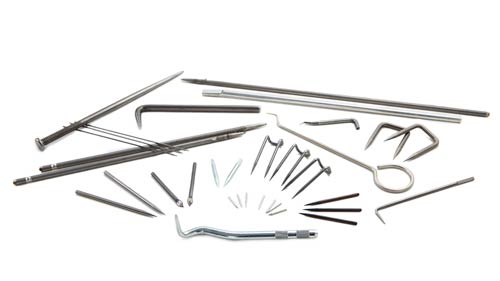
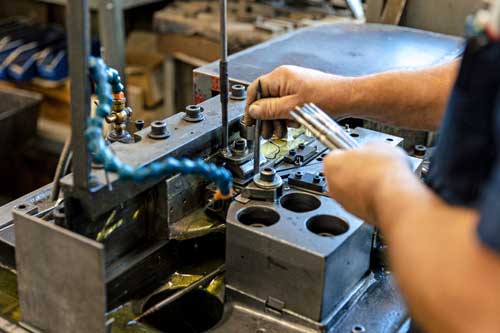
Knurling and roll-threading are performed by compressing material (such as a steel pin) between two die surfaces in order to imprint a pattern or design into the material. These designs can be a diamond pattern for extra grip of a tool, a spline such as the design of a drive shaft, or a thread pattern such as a screw, bolt, or fitting. This process is very different than a cutting operation to form such patterns. When knurling or roll-threading by mechanical force the material is compressed and ultimately work hardened. This reduces the potential for fatigue and creates a stronger part. If such patterns were to be cut ito the material, the granular structure of the material would be compromised, potentially leading to weaknesses in the part.
Drilling (also known as hole-forming) utilizes a cutting bit to remove material from a part or substrate. This feature is commonly used to provide clearance for a shaft, fastener, or other design feature such as providing the correct fitment for dowel pin installation.
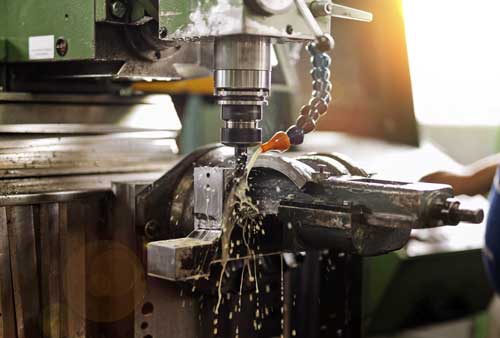
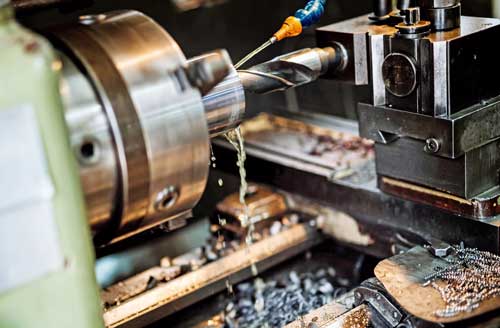
A turning operation typically involves a lathe, which is a machine consisting of a rotating head and a fixed tool that can be moved along a coordinate plane (X and Y axis) to form various features in a part, such as a groove, bore, or other design features.
Coining or press processes form various shapes or features such as flats, eyes, barbs, and many other possibilities by applying substantial pressure to a die set or directly onto a substrate or part. At John M. Dean Co. we use large mechanical presses to form features like flats for textile pins and miniature drive shafts, and stamp/coin designs like what would be seen on hand tools and spring pullers. We can also create features such as barbs for fishing spears and any other small format press features imaginable.

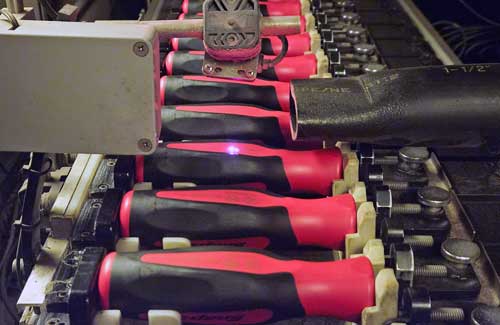
Our laser marking system can apply graphic designs and serial numbers onto polymer substrates like handles used on hand tools, protective devices such as caps, or other polymer based materials. In this process a laser beam ablates (removes) material to form a pattern of your choosing.
We know as a customer your time is valuable. That’s why we have invested significantly in semi-automated technology enabling rapid assembly of products such as hand tools. Let us be your partner for your next assembly to reduce waste in shipping costs, transit time, and logistical headaches you are likely experiencing from sourcing components through multiple suppliers.
We’re a one-stop shop for all your assembly needs including manufacture of wire based components, sourcing of ancillary components on your behalf, and bringing these pieces together to provide you a finished part shipped right to your facility. Talk to us today to find out how we can help simplify your sourcing with reliable, on-time, top quality products.
